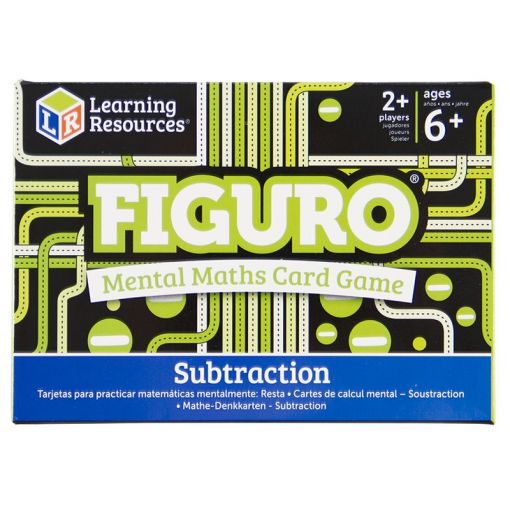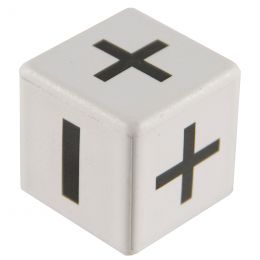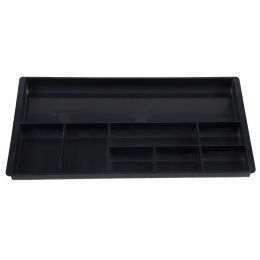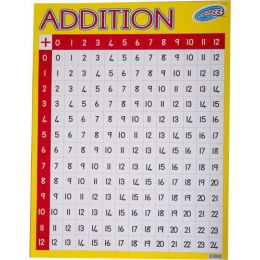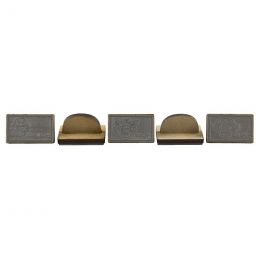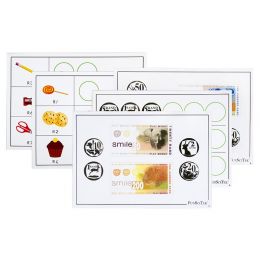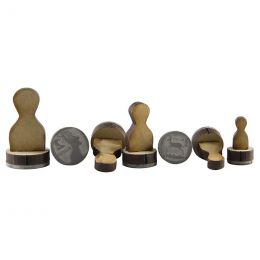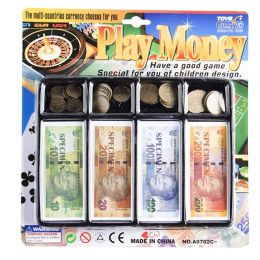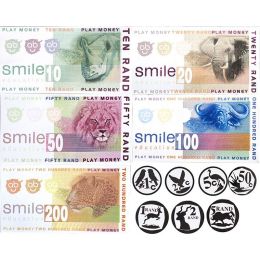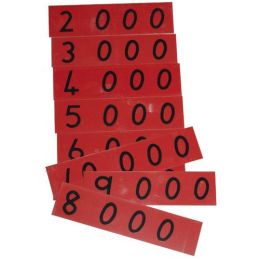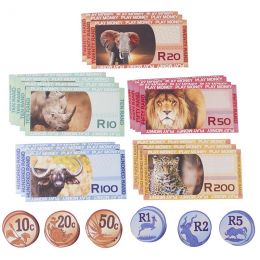Figuro - Mental Maths - Subtraction
The Figuro self-checking card games support maths practice in a fun, hands-on way through game play. The Figuro game challenges players’ Mental Maths abilities
Figuro games are designed to help children practice mathematics in a fun, hands-on way! About the Self-Check Feature The decorative pattern printed along the border of each fact card is actually a unique self-check code that allows students to check their answers during game play. Simply hold the cards together along their sides and look at the pattern. Cards with equivalent answers have matching patterns. * Tick marks at the top and bottom of each card indicate difficulty level. Level 1 is easiest.
Self-checking game style ensures children learn and reinforce immediately during play
This fun filled game reinforces a variety of numeracy skills:
- Number recognition
- Subtraction
- Mental Maths recall
Fun maths game that the whole family will enjoy
Game play is language free
Game box includes:
- 154 game cards
- Multilingual game instructions
- Game cards measure 10cm H x 6.5cm W
For 2+ players
How to Play
Choose your cards: level 1 cards, level 2 cards, level 3 cards, level 4 cards*, or a combination. Shuffle the cards (except for the wild cards) and deal five cards face down to each player. Place the rest of the cards face down in a pile. The aim of the game is to collect cards with equivalent answers.
Study your hand and look for cards with equivalent answers. Place any matches face up in front of you. Pick a player to go first. When it is your turn, ask another player for a card that has the same answer as one in your own hand. For example, if you hold the 3 + 9 card, you could ask, “Do you have a 12?” If the other player has a card with a sum of 12, such as the 6 + 6 card, you take the card and place the match in front of you. Then you take another turn. If you get a “no” answer, you must draw a card from the pile. If you can make a match, place the cards in front of you and take another turn. If not, keep the card and add it to your hand. Then the player to your left takes a turn.
Remember, you must place all card matches face up in front of you.
On your turn, you can also form card matches with your own face-up cards or another player’s face-up cards. If you form a match with another player's face-up cards the set becomes yours. Place it in front of you. If you run out of cards, you can draw a card from the pile and continue to play. The person who has collected the most cards, once all the cards have been played, is the winner.
Wild Pick (For 2 or more players)
Choose your cards: level 1 cards, level 2 cards, level 3 cards, level 4 cards*, or a combination.
Shuffle the cards (including the wild cards), and then deal them face down, one at a time, to each player. The aim of the game is to collect cards with equivalent answers.
Study your hand and look for cards with equivalent answers. Place the card matches face up in front of you. Pick a player to go first. When it is your turn, pick a card, without looking, from the hand of any other player. (Optional rule: The same player cannot be drawn from twice in a row.) If you can make a card match, place the cards face up in front of you and take another turn. If not, add the card to your hand. Then the player to your left takes a turn. Remember, you must place all card matches face up in front of you.
On your turn, you can also form card matches with your own face-up cards or another player’s face-up cards. If you form a match with another player's face-up cards the set becomes yours. Place it in front of you. Wild cards can be used to match any answer. If you run out of cards, you can pick a card from another player’s hand and continue to play. The person who has collected the most cards, once all the cards have been played, is the winner.
Mental Maths Memory (For 2 or more players)
Choose your cards: level 1 cards, level 2 cards, level 3 cards, level 4 cards*, or a combination.
Shuffle the cards (including the wild cards) and place them all face down in rows and columns. The aim is to collect cards with equivalent answers.
Pick a player to go first. When it is your turn, choose any two cards and turn them face up. If the cards have equivalent answers, place the card match face up in front of you and take another turn. If the cards do not match, try to match one or both of the cards with your own face-up cards or another player’s face-up cards. If you form a match with another player's face-up cards the set becomes yours. Place it in front of you. If you form card matches, you get another turn. If not, the original cards are turned face down, and the player to your left takes a turn. A wild card can be used to match any answer. The player who has collected the most cards, once all the cards have been played, is the winner.
Maths Battle (For 2 or more players)
For 2 players: Choose your cards: level 1 cards, level 2 cards, level 3 cards, level 4 cards*, or a combination.
Shuffle the cards (including the wild cards) and place them face down in a pile. The aim is to win all the cards. To begin, each player draws a card from the pile. The player with the greater answer wins and takes both cards. Then, each player draws another card, and the game continues. If there is a tie (i.e., both cards have the same answer), the players must “battle” each other. Each player draws three cards from the pile and turns over his or her top card. The player with the greater answer wins and takes all eight cards. If there is another tie, the second card is turned over, and so on. A wild card beats any regular card. The game continues until one player has all the cards, and that player is the winner. If someone runs out of cards during a battle, the other player wins.
For 3 or more players:
Shuffle the cards and place them face down in a pile. To begin, each player draws a card. The player with the greater answer wins and takes all the cards. If two or more players tie for the greatest answer, there is a battle—each player draws three cards from the pile and turns over his or her top card. (Note: All players, not just the ones who tied, take part in the battle.) The player with the greatest answer wins and takes all the cards. If there is a tie, the second card is turned over, and so on. The game continues until one player runs out of cards. The player with the most cards at that point is the winner.
Additional Activity Suggestions
Put Them in Order
Give each child one card. Have children place the cards in order of their answers, from least to greatest. Children can work in small groups, or individually.
Identify It
Pass out cards so that each child has an equal number of cards. Ask children to hold up a card that has a certain answer.
For example, you might say, “Hold up a card that has a product of 18.” Children should hold up the cards that have a product of 18, such as the 6 × 3 card or the 9 × 2 card. This is a quick method to use to assess a child's knowledge of arithmetic facts.
Finding a Match
Give each child one card. Have them try to find other players who have cards with the same answer.
No customer reviews for the moment.
